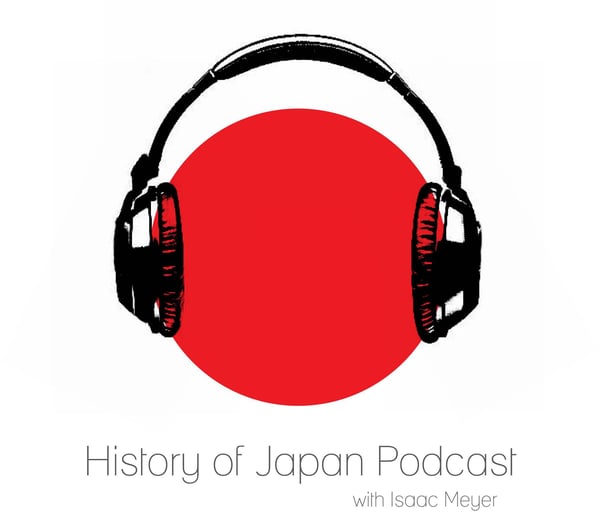Episode 64 - An Unnatural Intimacy, Part 2
History of Japan
Isaac Meyer
4.8 • 744 Ratings
🗓️ 16 August 2014
⏱️ 26 minutes
🧾️ Download transcript
Summary
This week, we'll discuss America and Japan's new roles as Great Powers in the 20th century. We'll discuss the reasons Japan and America came together to support the Allies in World War I, the rationale behind Japanese support for an American-dominated world order after 1918, and the early arms control and peace initiatives supported by Japan and the US.
Transcript
Click on a timestamp to play from that location
| 0:00.0 | Hello and welcome to the History of Japan podcast. |
| 0:19.0 | Episode 64. |
| 0:23.6 | An Unnatural Intimacy, Part 2. |
| 0:29.9 | Last time, we spoke about the emergence of the U.S.-Japan relationship and its early years, culminating in the dawn of the 20th century. |
| 0:33.7 | Although there were some rough patches in the relationship, on the whole, the two rising powers found much to agree over, and their relationship was, for the most part, a friendly one. |
| 0:43.3 | The growth of both nations culminated around roughly the same time, with their explosion onto the world stage. |
| 0:50.3 | The United States crushed Spain in a war in 1898 and established itself as a major military and colonial power. |
| 0:58.0 | Japan, meanwhile, shocked the world by defeating Russia in 1905. |
| 1:03.0 | The period after 1905 saw the U.S.-Japan relationship transition into a new shape. |
| 1:09.0 | Both were, at least for now, no longer expansionist |
| 1:12.9 | states but leading great powers, and neither one was, again for now, expanding its territory, |
| 1:19.8 | instead concentrating on reaping the rewards of previous expansion. Japan was being drawn ever |
| 1:26.6 | closer into the Anglo-American orbit. |
| 1:29.9 | Its formal alliance with the United Kingdom, signed in 1902, and Great Britain's ever-growing |
| 1:35.8 | closeness with its former colony, created a de facto Anglo-American Japanese block, which |
| 1:41.7 | dominated East Asia. |
| 1:46.7 | Now, there's one thing I should stop to point out here. |
| 1:52.1 | The astute among you will remember that it was after 1905 when the Imperial Japanese Navy began considering the United States Navy as its primary hypothetical enemy and adjusting |
| 1:57.5 | its fleet building and tactical plans accordingly. |
| 2:01.6 | This hardly seems compatible with ever-growing friendship between those two nations, but it's actually, |
| 2:06.6 | paradoxically, an outgrowth of the heavily westernized nature of the Imperial Navy. |
| 2:12.6 | Of course, the primary model for Japan's Imperial Navy was Great Britain's Royal Navy, but inspiration |
... |
Please login to see the full transcript.
Disclaimer: The podcast and artwork embedded on this page are from Isaac Meyer, and are the property of its owner and not affiliated with or endorsed by Tapesearch.
Generated transcripts are the property of Isaac Meyer and are distributed freely under the Fair Use doctrine. Transcripts generated by Tapesearch are not guaranteed to be accurate.
Copyright © Tapesearch 2025.

